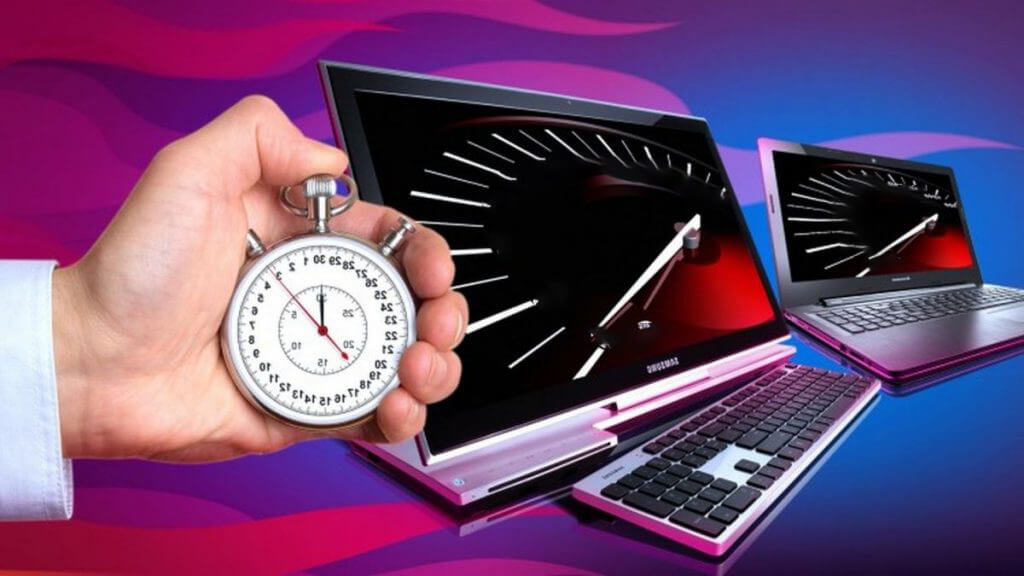Русская версия этой статьи.
Modern PC motherboards' firmware follow
UEFI specification since 2010. In 2013, a new technology called Secure Boot appeared, intended to prevent
bootkits from being installed and run. Secure Boot prevents the execution of unsigned or untrusted program code (.efi programs and operating system boot loaders, additional hardware firmware like video card and network adapter OPROMs).
Secure Boot can be disabled on any retail motherboard, but a mandatory requirement for changing its state is physical presence of the user at the computer. It is necessary to enter UEFI settings when the computer boots, and only then it's possible to change Secure Boot settings.
Most motherboards include only Microsoft keys as trusted, which forces bootable software vendors to ask Microsoft to sign their bootloaders. This process include code audit procedure and justification for the need to sign their file with globally trusted key if they want the disk or USB flash to work in Secure Boot mode without adding their key on each computer manually.
Linux distributions, hypervisors, antivirus boot disks, computer recovery software authors all have to sign their bootloaders in Microsoft.
I wanted to make a bootable USB flash drive with various computer recovery software that would boot without disabling Secure Boot. Let's see how this can be achieved.


